穿越紅樓 / Exploring Through the Red House
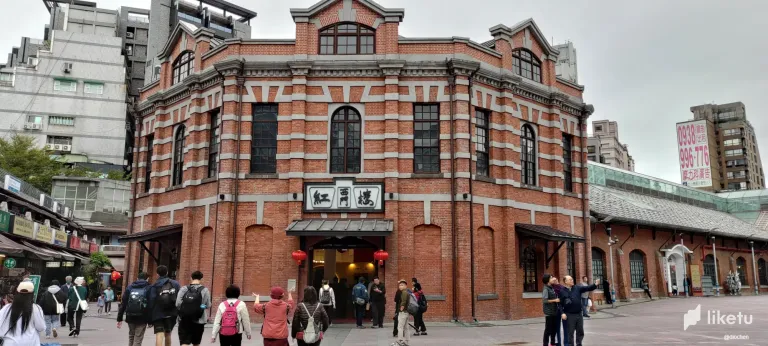

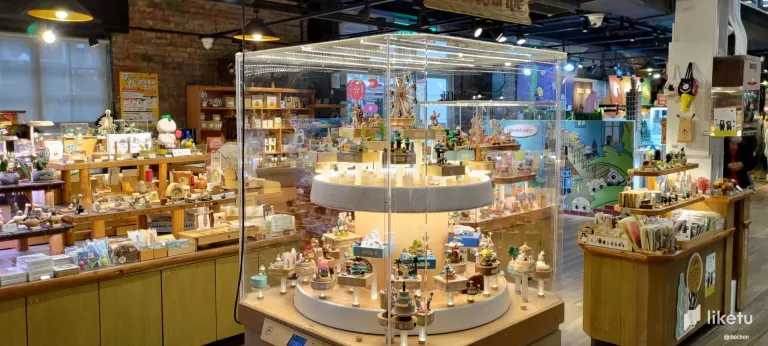
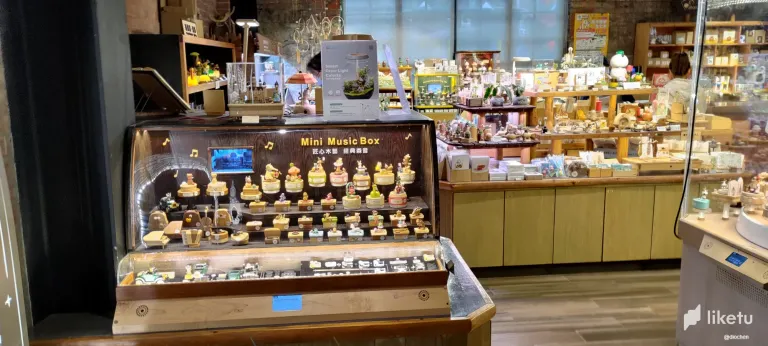

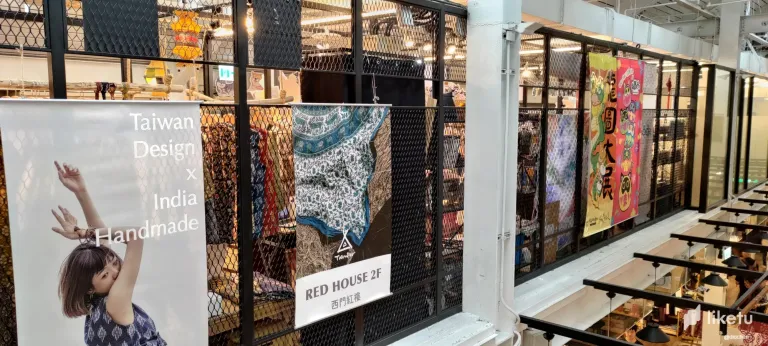
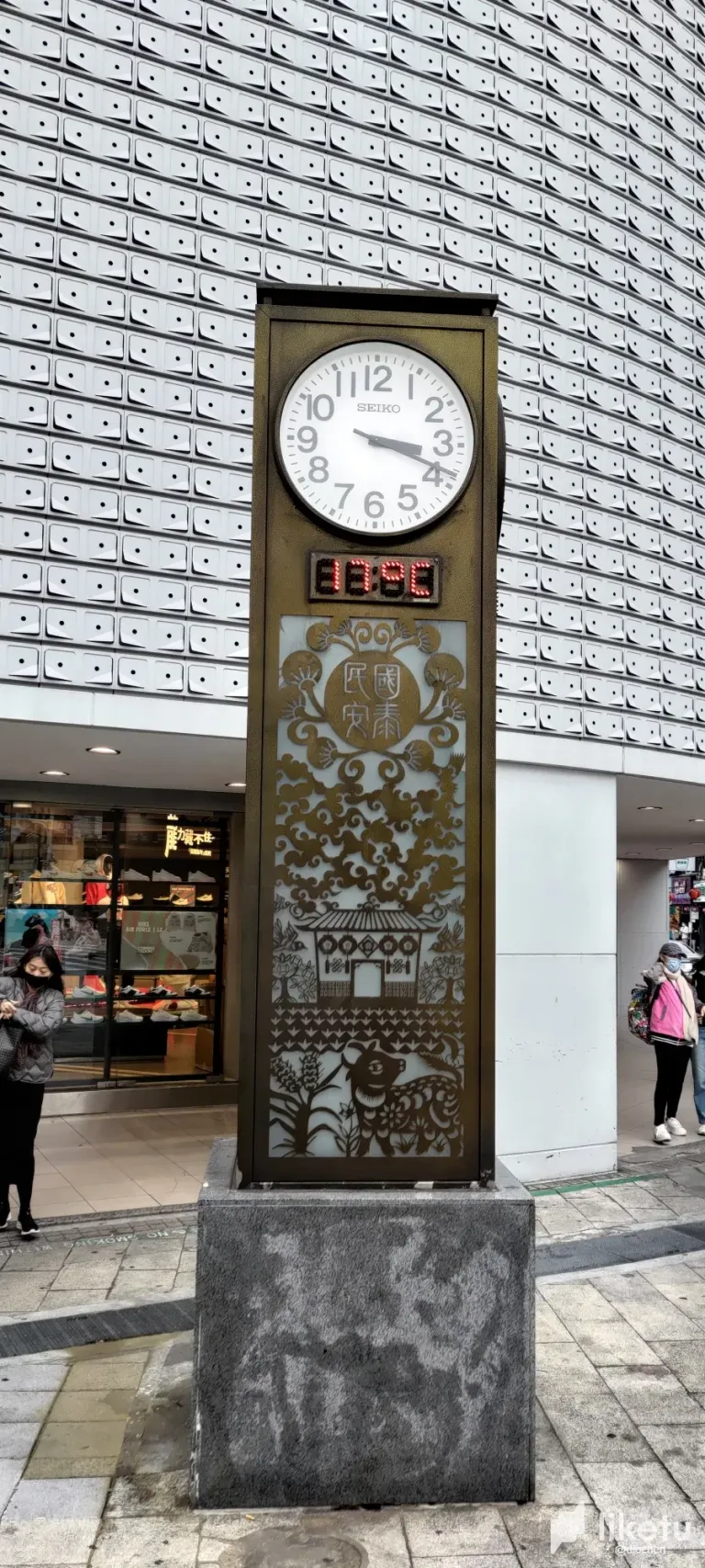
西門町是台北年輕流行文化非常盛行的一個區域,只要是假日過去,常常會看到年輕人成群結隊出沒,假如有去過西門町的朋友,可能對西門町一號出口處不遠的紅樓不陌生,乍看之下,它並不顯眼,不過它的外型蠻特別的,它的正門是一個兩層樓的紅磚八角樓,而後面則是由一個十字型的紅磚建築所構成,其中的八角樓從上方看會是一個八卦造型,取其八方雲集之意,而十字樓的十字架造型,是打算將東西方的宗教元素融合在一起,作為正向的力量的呈現。
紅樓完成迄今已餘百年,是由日本建築師近藤十郎所建造,它是最早的公營市場之一,舊名是西門町市場,當時大量日籍移民到台北居住生活,所以這市場主要是為了供應居民生活日常必需品,1950年代時,八角堂前後期成了滬圓劇場及紅樓劇場,前者為京劇表演,後者是說書相聲,到了1960年代時,紅樓劇場又改稱為「紅樓戲院」,是西門町電影街]的起始點,是最熱鬧的地方,然而,隨著電影街移轉,導致它逐漸沒落,至1997年正式歇業,直至2000年時開始,陸陸續續有文創產業入駐,帶來大量的創意品牌,吸引了人潮,很多電影曾經在這裡取景,不少網紅曾經在這裡直播或拍片,它似乎又重新成為西門町的一個亮點。
現在,進入紅樓,人們仿佛穿越到了另一個時空,被滿滿的文創氛圍所包圍,走廊上擺滿了各式各樣的手作店和文創商品,每一家店都充滿了獨特的風格和設計,讓人目不暇給,紅樓選品販售著最獨創的在地製造、富有文化及本土味道的商品,絕對找不到那種印著我愛台北字樣的紀念T恤、磁鐵或風景明信片,玩食藝術是一家專攻食品類插畫的文創品牌,結合美食丶藝術、旅遊,用藝術分享世界各地的食尚資訊,可以在這裡看到畫著各式特色美食的小卡、明信片、或筆記本,想寄一封特別的明信片給遠方的友人嗎?來這裡絕對可以找到獨一無二的明信片,遊木時光則是一家職人手做的木製商品專門店,商品不只傳達溫度,更具備實用功能,像是木製手機架等,這裡的店家大多是這樣文創風格的商店。
其實,我觀察到,進來紅樓的觀光客特別多,我不確定他們是被紅樓特殊的建築外型所吸引的,還是這裡是旅遊書上提到的必逛景點,說實話,就連本地人的我,也覺得這裡很好逛,奇奇怪怪,別具特色的文創小物,特別多,假如我要挑選伴手禮帶給老家的朋友,又不想隨波逐流選些廉價旅遊紀念品,這裡的很多商品都很適合作為伴手禮,它們不但富含本土元素,而且產量不多或是限量生產的,唯一的缺點就是價錢有些昂貴,畢竟富有創意、又有溫度的商品一定比較貴,不得不說, 紅樓是古老與新生的巧妙融合的一個好範例,讓紅樓能夠再次展露自己獨特風情韻味。
Ximending is a vibrant hub of youth culture and pop trends in Taipei. On weekends, you'll often find crowds of young people roaming the streets, and if you've been to Ximending, you're probably familiar with the Red House. Situated not far from Exit 1, it may not stand out at first glance, but its distinctive architecture is hard to miss. The main entrance features a two-story octagonal red brick building, while the back comprises a cross-shaped structure. From above, the octagonal building forms the shape of the Bagua, symbolizing convergence from all directions, while the cross-shaped structure aims to blend Eastern and Western religious elements as a representation of positive energy.
Dating back over a hundred years, the Red House was built by Japanese architect Kondo Juro. Originally one of the earliest public markets, it was known as the Ximending Market. During the 1950s, the octagonal hall became the Shanghai Theater and later the Red House Theater, hosting Beijing opera performances and storytelling sessions respectively. By the 1960s, the Red House Theater transformed into the "Red House Cinema" marking the start of Ximending's movie street. However, as the movie street shifted, the Red House gradually declined and officially closed its doors in 1997. It wasn't until the early 2000s when various cultural and creative industries began to move in, bringing a plethora of creative brands and attracting crowds once again. Many movies were filmed here, and numerous internet celebrities have live-streamed or shot videos, making it a renewed highlight of Ximending.
Nowadays, stepping into the Red House feels like entering a different dimension, surrounded by a vibrant cultural atmosphere. The corridors are lined with various handmade shops and cultural products, each exuding its unique style and design, leaving visitors spellbound. The Red House curates and sells the most original locally made, culturally rich, and indigenous products. You won't find typical Taipei souvenir T-shirts, magnets, or postcards here. Play Food Art is a brand specializing in food-themed illustrations, combining food, art, and travel to share culinary trends from around the world. You can find postcards, greeting cards, or notebooks adorned with various delicacies here. Want to send a special postcard to a friend far away? You'll definitely find a unique one here. At Yumu Time, craftsmen handcraft wooden products, many of which convey warmth and practical functionality, such as wooden phone stands. Most of the shops here follow this cultural and creative style.
In fact, I've noticed a particularly large number of tourists entering the Red House. I'm not sure if they're drawn to its unique architecture or if it's simply listed as a must-visit attraction in travel guides. Honestly, even as a local, I find it enjoyable to explore. There's an abundance of quirky and distinctive cultural products here, making it an ideal place to pick up souvenirs for friends back home without resorting to typical cheap touristy items. Many of the products here are rich in local elements and produced in limited quantities, albeit slightly pricey. After all, creative and meaningful products come at a cost. The Red House is truly a great example of blending the old with the new, allowing it to showcase its unique charm once again.
For the best experience view this post on Liketu